A small selection of unique churches and monasteries around the Lasithi plateau in Crete, along with an interesting hiking trail.
The Agios Pandeleimon church near Pigi (Kastelli) and the Agios Georgios Vrachasiotis monastery on the opposite side of the Lasithi plateau.
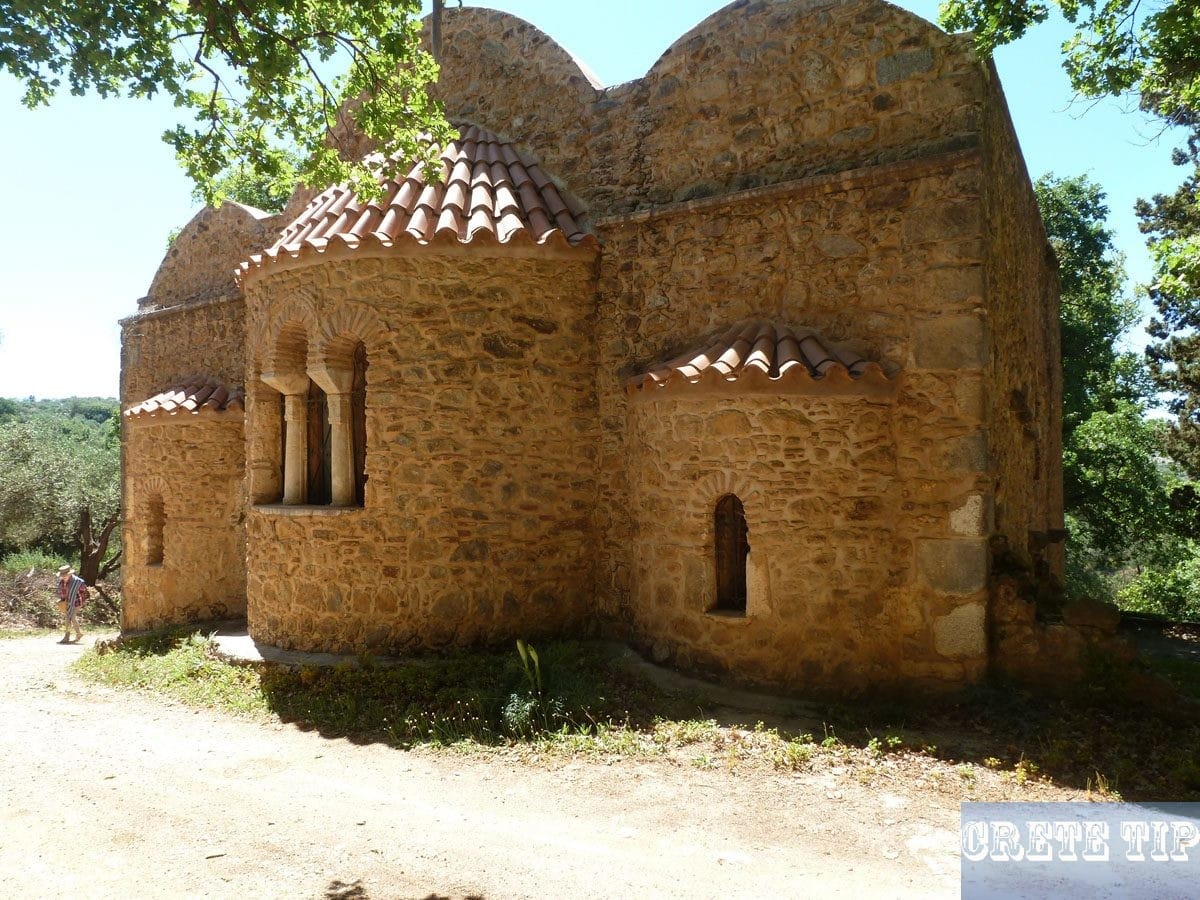
Aghios Pandeleimon church at Pigi (close to Kastelli).
The Byzantine church of Aghios Pandeleimon is below 2 miles (3.22 km) north of Kastelli, off the road to Hersonisos, signed to ‘Paradise Tavern’.
Byzantine Church Aghios Pandeleimon
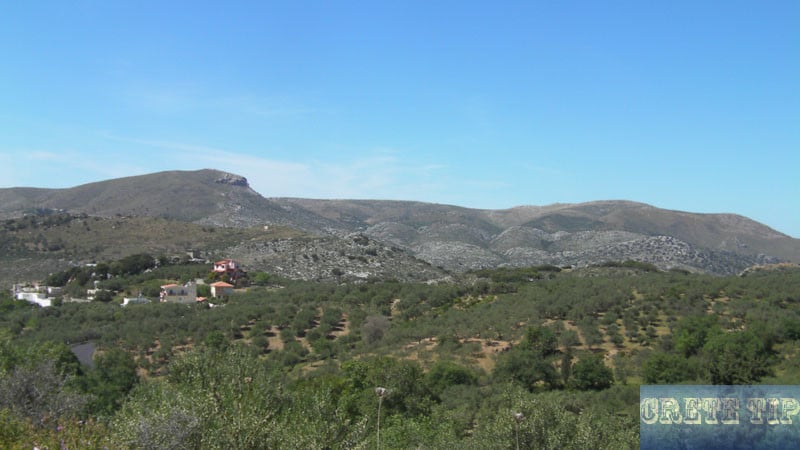
The main town of the region Pedhiadha is Kastelli – or since there are more than one on Crete Kastelli Pedhiadhos – is really an enjoyable location to stay for a short time. Mainly an agricultural heart whose wealth stems from the olive groves and vineyards scattered over the neighboring slopes, the village goes a unique way, generally untouched by the tourist places on the shoreline. Nevertheless, there is a solid taverna as well as quiet places to stay, faraway from the madding mass.
On the other hand the center of attention is the neighboring landscapes, where turning streets are traced by aged plane and oak trees.
The Byzantine church of Aghios Pandeleimon is below 2 miles (3.22 km) north of Kastelli, off the road to Hersonisos, signed to ‘Paradise Tavern. The church is not in the present location of Pigi (what means ‘source’), which is on the west side of the road.
From May until October the church is daily open from 9am – 3pm and entrance is free.
For those who choose to discover just one of many churches in this region, make sure it is Aghios Pandeleimon, a sizable building placed in a grove of planes and oaks around a spring which was almost certainly a sanctuary in olden days.
Inside the church are magnificent despite the fact weathered frescoes of the soldier saints (on the northern section) as well as an uncommon picture of Aghia Anna nursing the child Mary.
The framework of the church, most likely dating from the beginning 13th century, is fascinating for the way it contains elements of the very first 10th century basilica as well as incorporates as building materials several more aged pieces, possibly removed from Lyttos.
Above all, on the south outer wall elements of ancient and early Christian constructions are visible, including a marble slab with a Greek inscription and parts of gravestones from the Roman period.
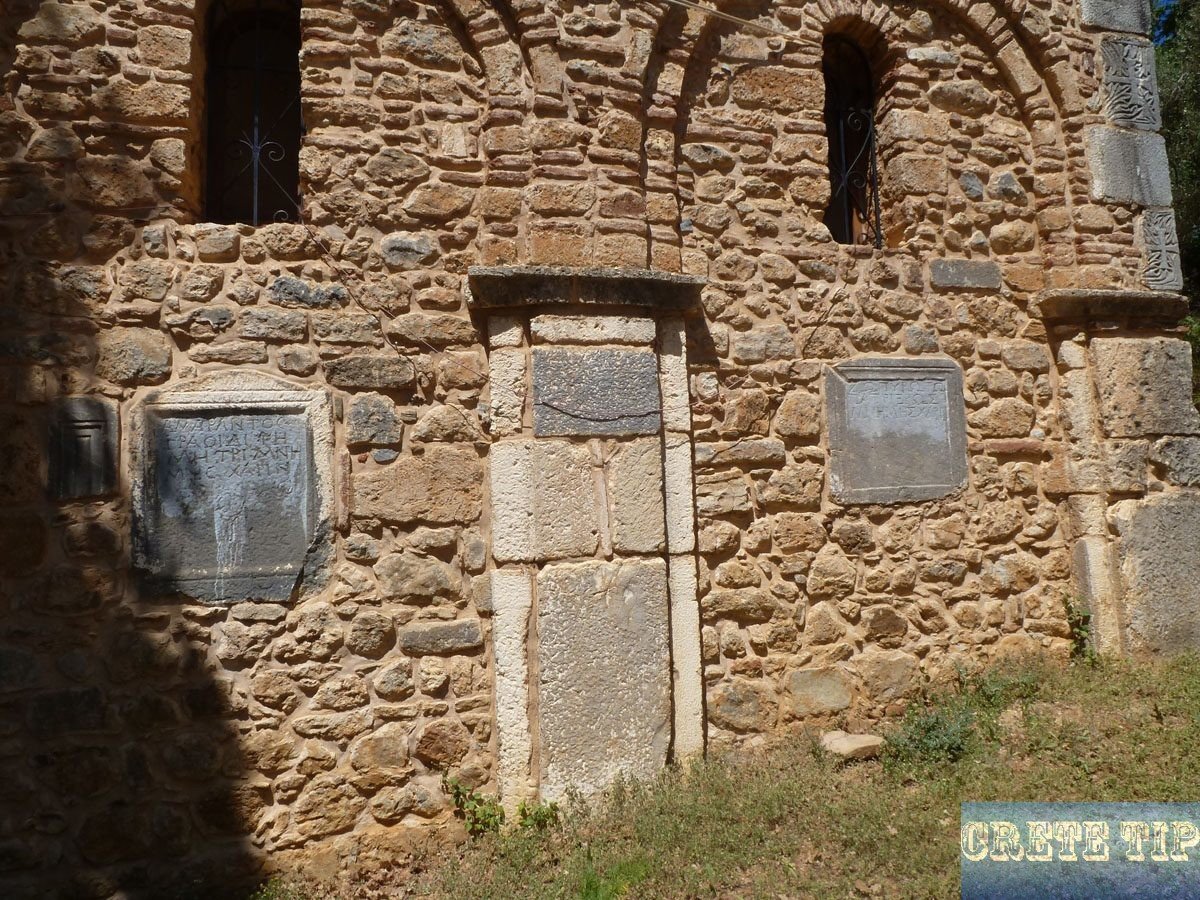
The aqueduct that once carried drinking water to the ancient town goes nearby, and you could notice pieces of it as you move around.
This pleasant place also housing the little and simple Paradise Taverna, operated by the traditional and friendly Nikolaides family (Catherine, surprising 80 years old, English skills – unfortunately now deceased and closed!).

Directions to Church Aghios Pandeleimon
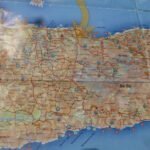
Click here: Directions church Aghios Pandeleimon.
Other churches with frescoes around Kastelli
Lots of the neighborhoods around Kastelli possess frescoes Middle Ages churches. Watch out for signs when you travel around; they are in most cases well worth trying to find just by the trip off the main roads, even though you may cannot visit it from inside. Besides the marvelous Aghios Pandeleimon, among the most prominent is the 15th century Isodhia Theotokon, having great Byzantine frescoes, close to the village of Sklaverohori just a few miles west of Kastelli. The key is made available from the building having a vine trellis approximately 50 yards (ca. 46 m) in front of the church, on the right side.
A few 4 miles (6.44 km) further more west, down a side route outside Apostoli, Moni Angarathou is one more lovely spot. Even though the monastery’s church dates from the 19th century, the nearby complexes date largely from the 16th century and incorporate an idyllic white-walled courtyard with cypresses, orange trees, and palms.
One more church is Aghios Yeoryios at Ksidhas (confusingly also called Lyttos), roughly 1.8 miles (ca. 3 km) east of Kastelli, which includes frescoes dated by an inscription to 1321.
Monastery of Aghios Georgios Vrachasiotis
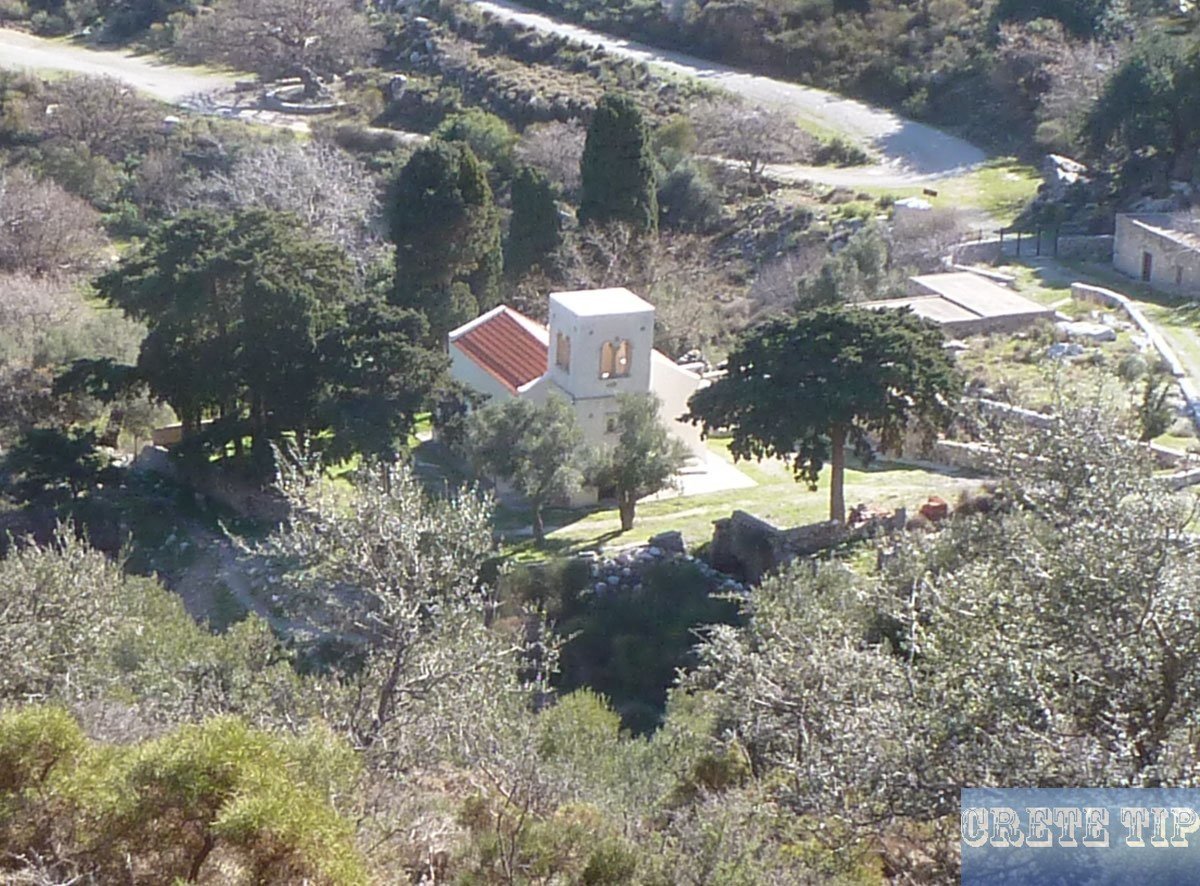
The old monastery of Aghios Georgios Vrachasiotis is located in a really wonderful and forest location, Four kilometers beyond Vrahassi as well as five kilometers within the national highway Heraklion – Aghios Nikolaos, shortly after the popular and well-known Sellinari monastery. However, the asphalt road works remain awaiting, the off-road route is usually in a very excellent condition as well as the way is perfect for wandering.
On the subsequent mountain route where you could march on foot or drive by jeep or quad bike, you can reach the Akilakes Forest with amazing views above Malia and the sea.
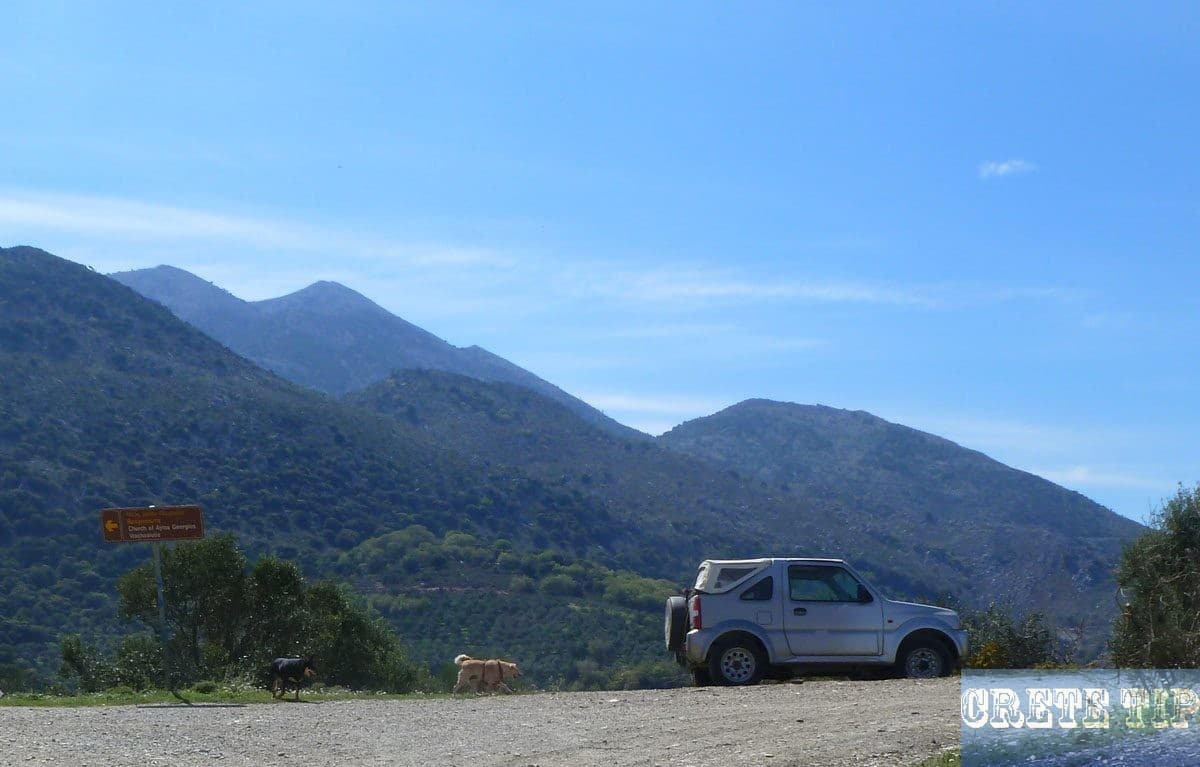
In 1540, the north section of today’s Aghios Georgios church was constructed by Gedeon, the superior of the priests, over the remains of the earlier destroyed church (section of which can be identified these days). The southern section of Aghios Dimitrios church was constructed in 1558. From that time on, monks settled down and the monastery began to grow.
A couple of centuries later, through the times of the Turkish occupation, a number of dramatic incidents occur in the monastery. As usually took place in the time of the Daskalogiannis revolution (1770), around Campi, further up from the monastery some Turkish messengers raped the sister of Gabriel, who was the superior of the monastery at that time. Subsequently, on that day, caused by heavy rainstorms these people chosen to commit overnight at the monastery. Superior Gabriel, who knew in the meantime of his sister’s sexual assault, initially greeted the visitors and lead them to the cheese basements to punish them. Generally based on folklore, the superior, in an effort to take revenge for his sister’s rape, caught them along with the support of other monks and boiled all of them in hot cheese.
Afterwards, in his effort to fade any indications of his activities and get rid of the bodies, he threw them in a large carafe on Kolokyntha mountain.
Superior Gabriel, becoming responsible revealed his failure to the superior of Aghios Georgios Epanosifis monastery, which belonged to Aghios Georgios Vrachasiotis monastery. The Turks were seeking the perpetrator and while examining the disappearance of their messengers they mistreated and tortured the superior of Epanosifis monastery, who was finally pushed to talk out the actual facts.
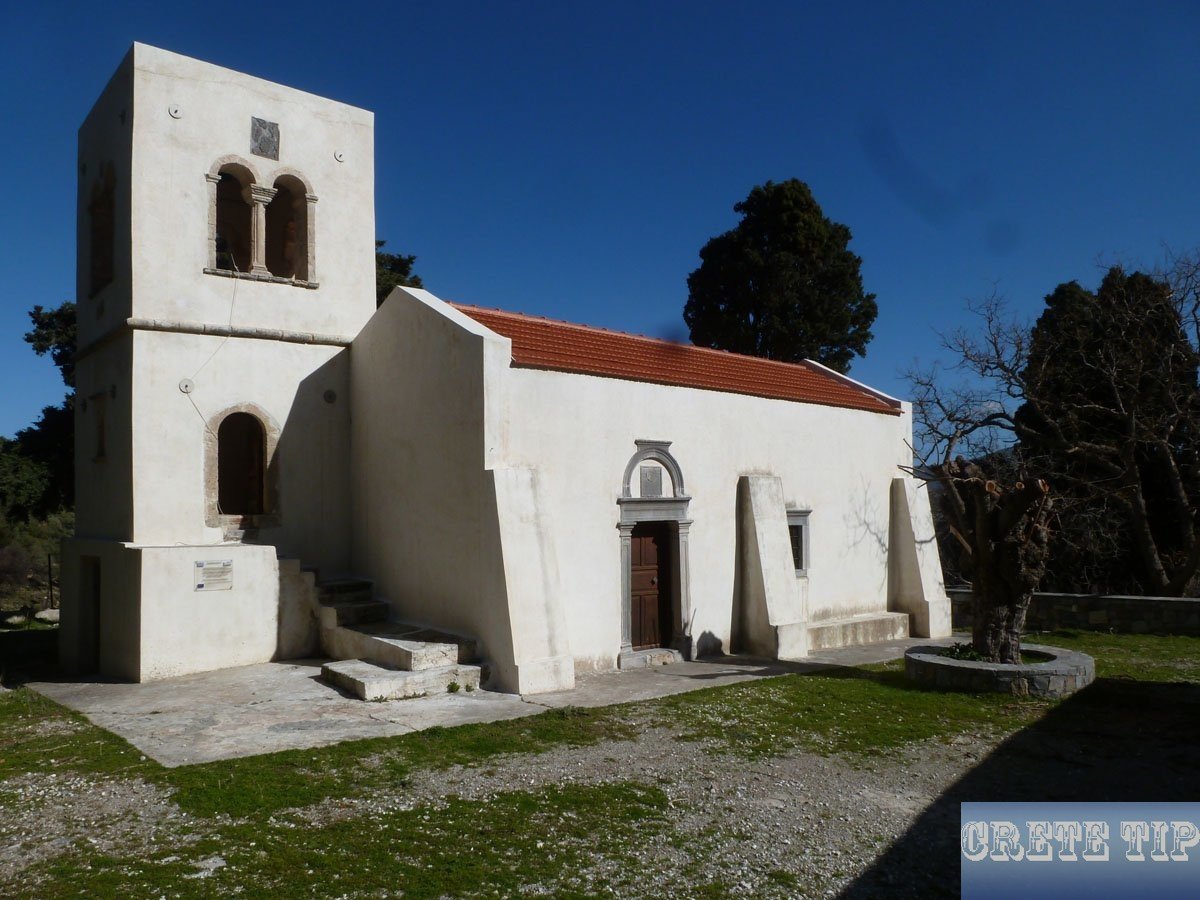
Several Turkish soldiers surrounded the monastery of Aghios Georgios Vrachasiotis in an effort to charge superior Gabriel resulting in a deadly battle. In that fight, the stone section that was designed into the belfry, showing St George killing the lion, received a shot. The hole left by the round is visible nowadays on the image.
The Turks were able to capture superior Gabriel and transferred him to Maydani in Heraklion, to send him hanged. Reported by Mr. Kiriakakis, prior to Gabriel’s execution, the hangman questioned the superior the number of Turks he had murdered. Faking he didn’t notice precisely, Gabriel was able to get the hangman to get closer to him and by focus his attention he strikes and killed him, answering them: ‘I‘ve killed 99 Turks so far and after this 100’.
Superior Gabriel wasn’t able to escape from his execution and was finally hanged on the well-known oak tree of the great castle. Soon after, the Turks demolished all the components of the monastery, besides the church, seized all the plots of land around it and offered them to public auction.
During the subsequent revolutions, the ruins served repeatedly as a place of refuge for freedom fighters and in 1820 another siege took place, when 18 monks were killed.
After the Cretan Revolution the monastery most of his land ownership was returned. The monastery closed permanently in 1909.

Presently there has been a wonderful attempt these days to recover and rebuild the cells of the monastery. This work has provided being successful since there are festivities on St George’s and St Dimitrios’ Day by the Vrahassi parish to which the church belongs, even though other events for example weddings or christenings be held occasionally inside the church.
Mountain route from the monastery to Akilakes forest
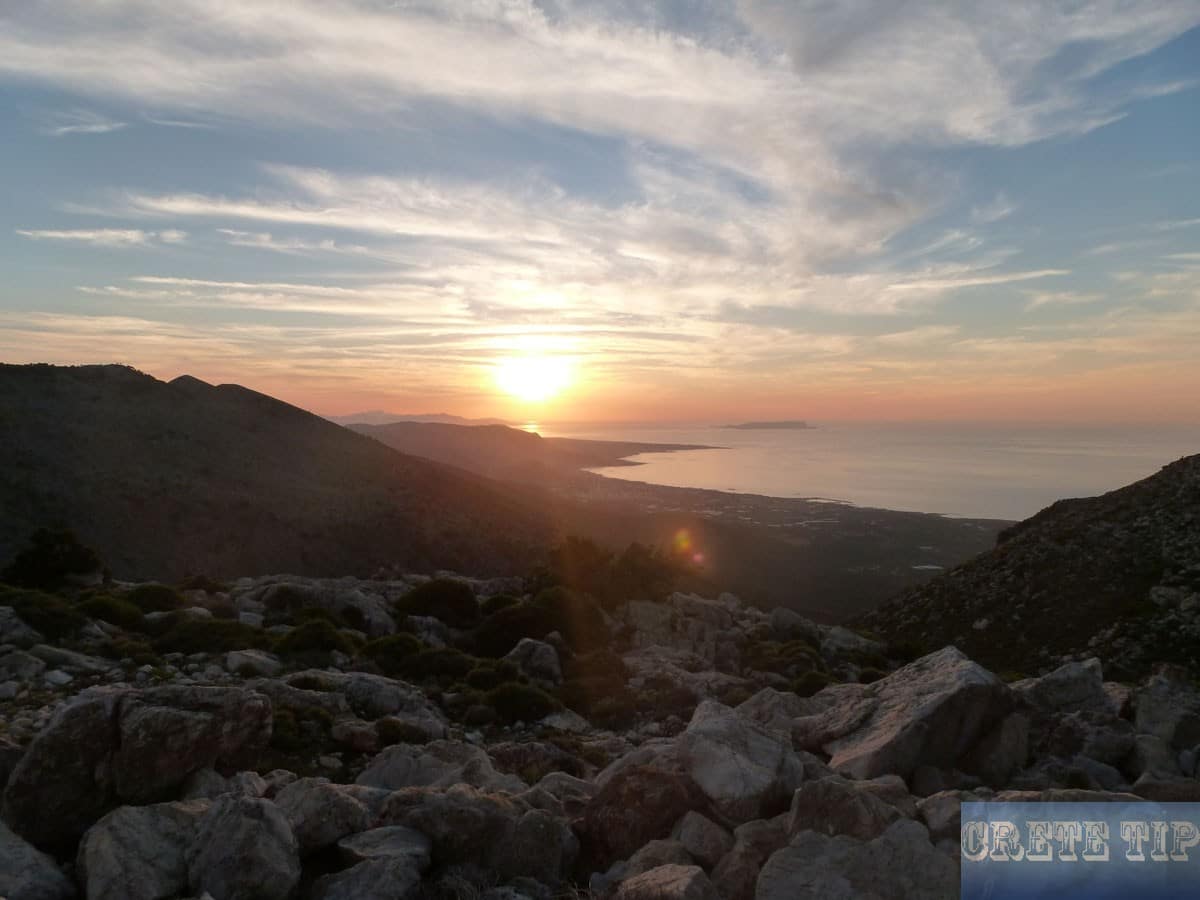
Direct behind the monastery of Aghios Georgios Vrachasiotis is a small pass from where you can reach by walking or moving with a suitable vehicle (jeep, quad bike, mountain bike) a beautiful mountain route to the Akilakes forest with great views above Malia and the sea.

About halfway up the trail, another path turns to the left (south on the map below) even higher up the mountains to the east, which runs to a sheep paddock and beyond, and from where there is a magnificent view over Vrahassi to the sea.

The end of the path through the Akilakes forest is one kilometer to the west. Shortly before the end, the path becomes too narrow to drive on with a vehicle. There the trail E25 – coming from the valley below at Krasi and continuing up to the Selena Mountain Top at Lasithi Plateau – crosses and unites both routes for a short distance. At the end of the path you have a beautiful view over Hersonisos to the island of Dia off Heraklion.

Not far to the southwest of here is Krasi, with the largest plane tree in Europe, and further up the Lassithi plateau is one of Crete’s most revered and visited monasteries, the Monastery of Panayia Kardhiotissa (Lady of the Heart).

Drone flight from Akilakes forest to Krasi
Drone flight over Krasi with its two thousand years old and the largest plane tree in Europe. Views to Lasithi plateau and Malia on Crete.

Directions to Monastery A G Vrachasiotis
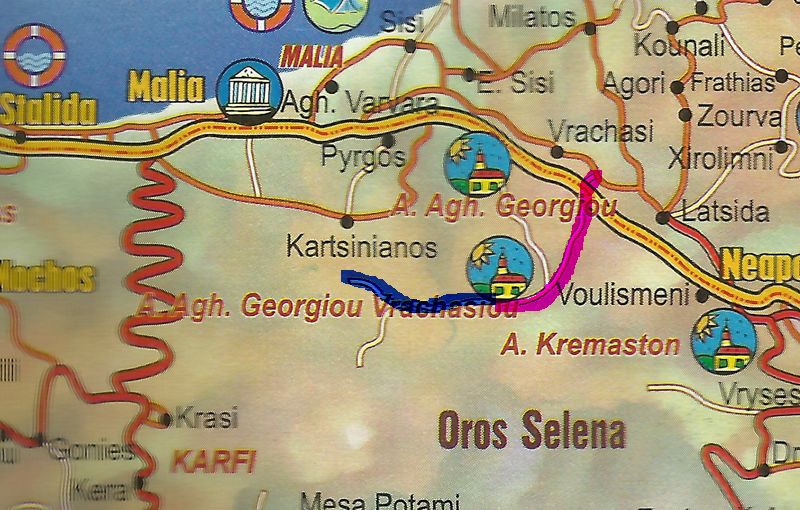

Click here: Directions Monastery A G Vrachasiotis.

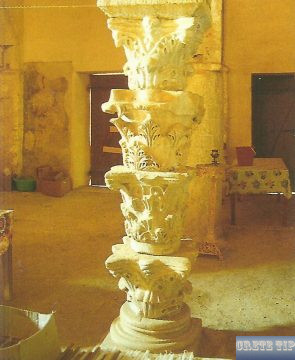
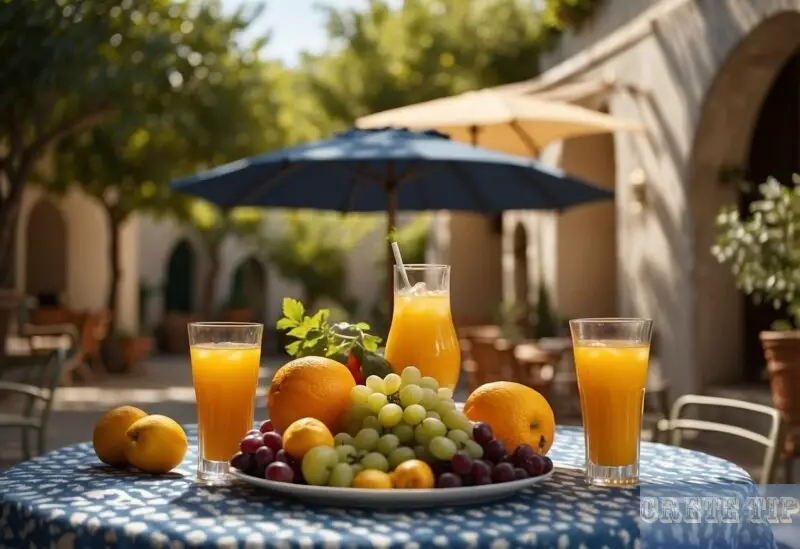

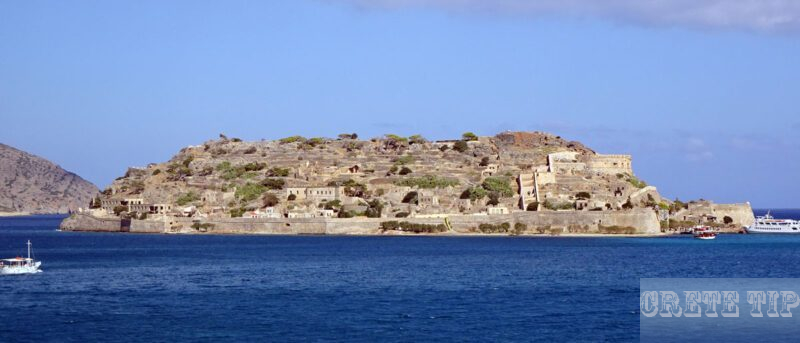
Unfortunately the Paradise Tavern was closed In august/sptember 2018. In Kastelli we where told that Catherina died.